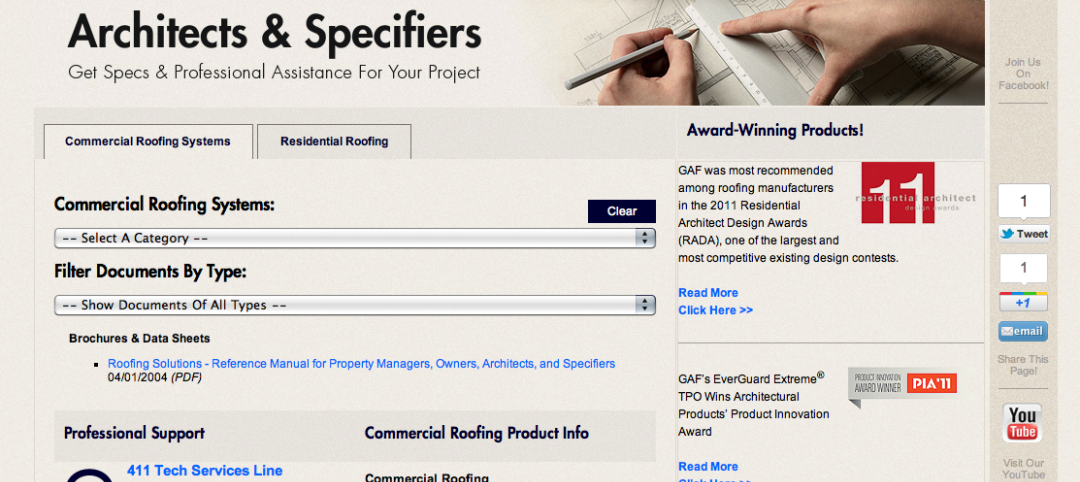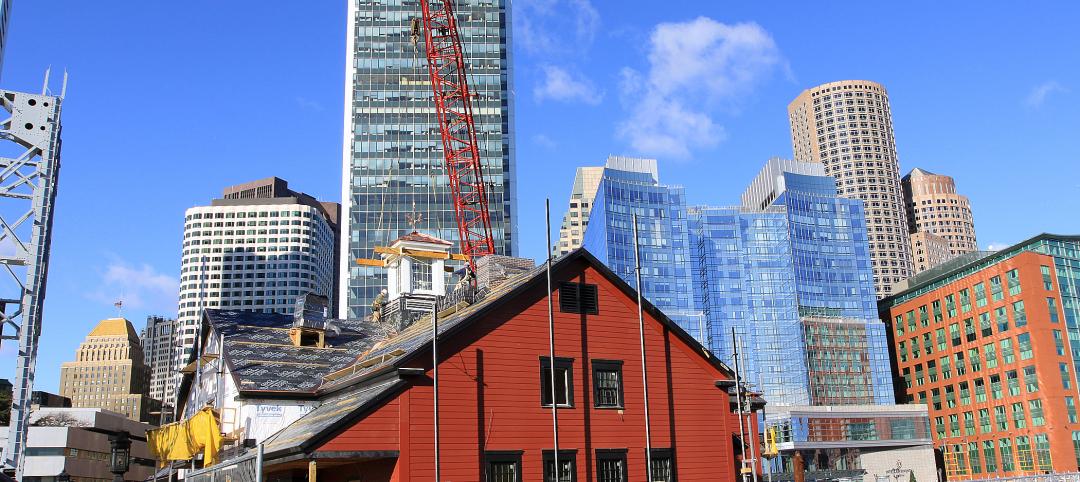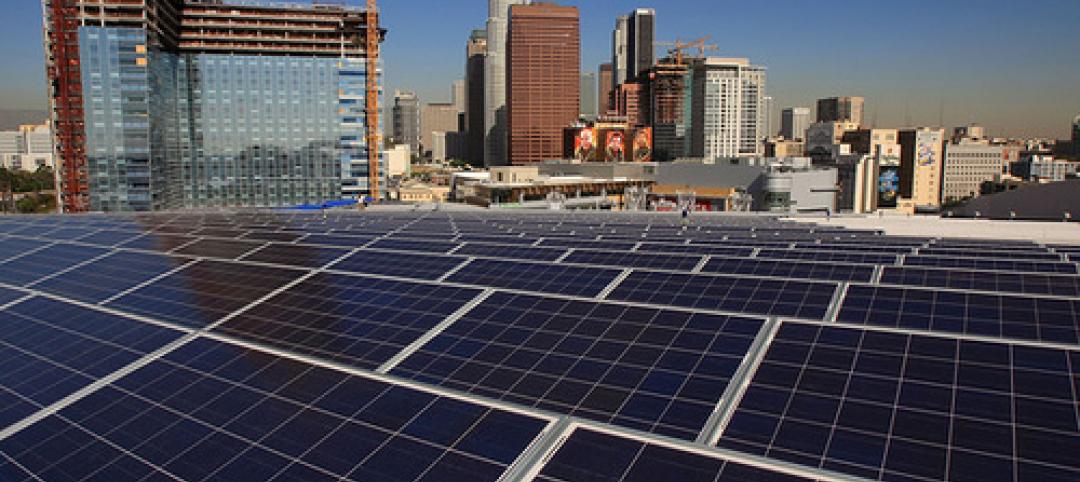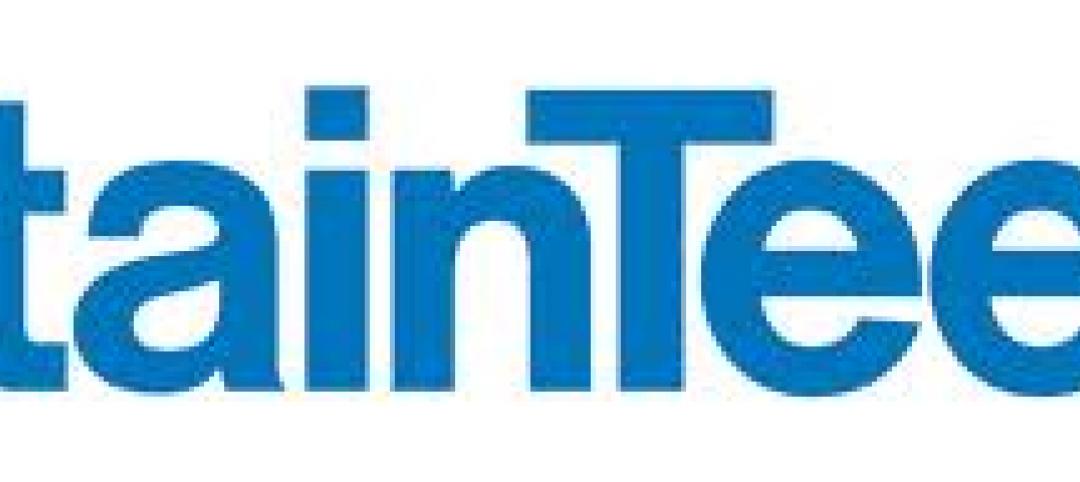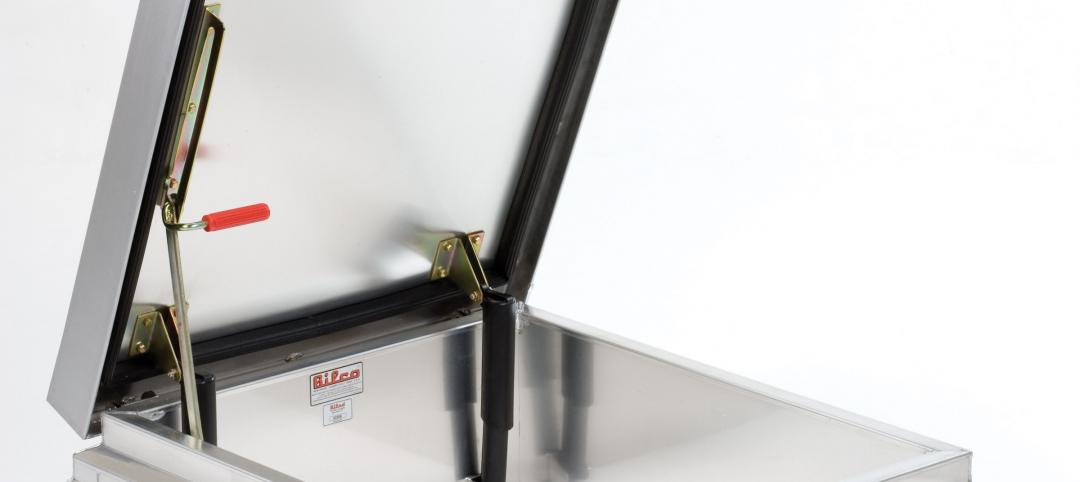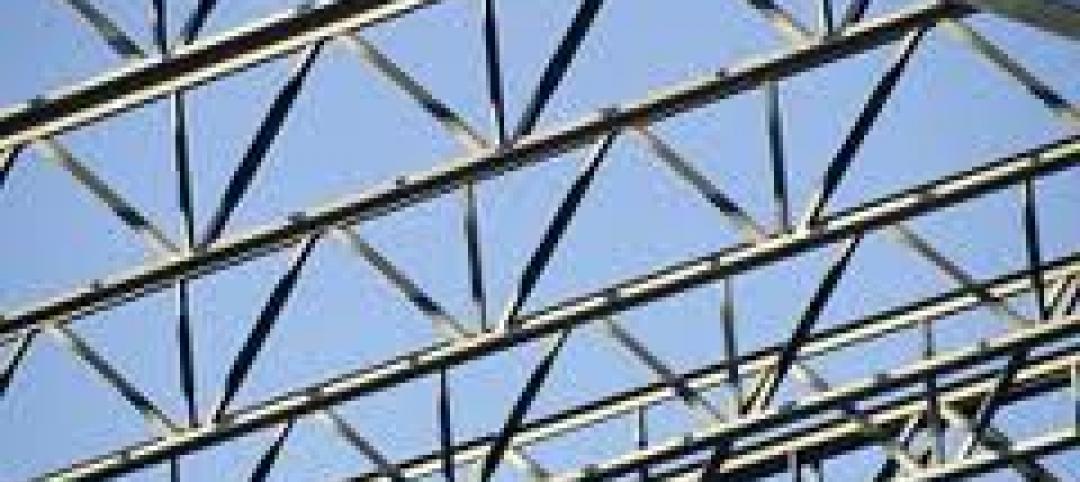Implemented in 2006 and extended in 2008, the solar Investment Tax Credit (ITC) has been invaluable when it comes to propelling solar projects forward. In fact, according to the SEIA, since the ITC went into effect it has helped solar installations in the U.S. grow by more than 1,600 percent – a compound annual growth rate of 76 percent.
Why? The ITC provides a 30 percent tax credit for both residential and commercial solar systems and assists with tax equity-based funding – a huge bonus for the solar community who often can’t fully utilize their tax benefits. For project developers, the ITC has brought both stability and flexibility.
Where the ITC is headed
With the ITC set to drop to 10 percent at the start of 2017, growth in the solar industry is expected to decrease significantly, leading organizations to worry what they will do when left with less subsidy support.
With the step down of the ITC looming on December 31, 2016, component prices, EPC models, development strategies, etc. are shifting as building design and construction professionals rush to get projects built.
 Solar abounds in the forward-facing Fujisawa
Solar abounds in the forward-facing Fujisawa
Market adapting to meet demand
With a hot deadline fast approaching, there’s no time for inefficiency. The solar community is beginning to adopt new financing models that help streamline the process so that solar can be implemented smoothly and remain the cost-effective solution that lower panel prices and the rise of Power Purchase Agreements have allowed it to become. In addition, financing innovations and green bonds have emerged, playing a key role in the industry today. With Panasonic’s streamlined solutions that integrate everything, from financing to long-term operations and maintenance, barriers are overcome and solar power is put into place, right in the nick of time.
The light at the end of the tunnel
Despite ITC concerns, the industry is pushing forward with new, innovative ideas. Smart cities that provide communities with everything they need to be sustainable are on the rise. In Japan, Panasonic has created the Fujisawa Sustainable Smart Town, where we offer our unique solutions from an Eco & Smart perspective by providing eight smart services – energy, security, mobility, healthcare, and community. With this concept, local residents can live a clean, sustainability-centered lifestyle.
Smart energy storage systems are also on the rise, making up roughly two percent of U.S. generation capacity – a number that is expected to grow. As more and more companies begin the large-scale introduction of renewable energy to their facilities and the grid, smart energy storage systems are becoming crucial. Why? They act as a stabilizer for intermittent renewable assets, serve as a backup power source in the event of a power outage, and help customers save money by avoiding premium pricing during peak demand.
With an eye on the horizon, we’re moving toward a future full of solar opportunity.
To learn more about Panasonic Eco Solutions, please visit us.panasonic.com/solarsolutions.
Related Stories
| Feb 28, 2012
Roofing contractors recognized for workmanship
Sika Sarnafil announces Project of the Year winners; competition highlights visually stunning, energy efficient, and sustainable roofs.
| Feb 20, 2012
GAF introduces web portal for architects and specifiers
The new portal offers a clean look with minimal clutter to make it easier to find the technical information and product data that architects need.
| Dec 27, 2011
Suffolk Construction celebrates raising of Boston Tea Party Ships & Museum cupola
Topping off ceremony held on 238th Anniversary of Boston Tea Party.
| Dec 14, 2011
Tyler Junior College and Sika Sarnafil team up to save energy
Tyler Junior College wanted a roofing system that wouldn’t need any attention for a long time.
| Nov 22, 2011
Report finds that L.A. lags on solar energy, offers policy solutions
Despite robust training programs, L.A. lacks solar jobs; lost opportunity for workers in high-need communities.
| Nov 9, 2011
Sika Sarnafil Roof Recycling Program recognized by Society of Plastics Engineers
Program leads the industry in recovering and recycling roofing membrane into new roofing products.
| Oct 17, 2011
Aerialogics announces technology partnership with CertainTeed Corp.
CertainTeed to provide Aerialogics’ Aerial Measurement Services to its credentialed contractor base and utilize the technology in its Roofing Products Division.
| Oct 5, 2011
GREENBUILD 2011: Roof hatch designed for energy efficiency
The cover features a specially designed EPDM finger-type gasket that ensures a positive seal with the curb to reduce air permeability and ensure energy performance.
| Sep 27, 2011
Steel Joist Institute announces October webinar on Open Web Steel Joists
Webinar participants can earn 0.15 CEUs or 1.5 PDHs.
| Sep 12, 2011
Putting a stamp on USPS's first green roof
The Morgan Building roof totals 150,000-sf. In addition to a vegetated green roof, other roof areas were upgraded and included 55,000-sf of reflective concrete pavers and ballast, which were also placed over a Sarnafil waterproofing membrane, and 40,000-sf of EnergySmart Roof—a reflective, energy-efficient vinyl roofing system from Sika Sarnafil.




